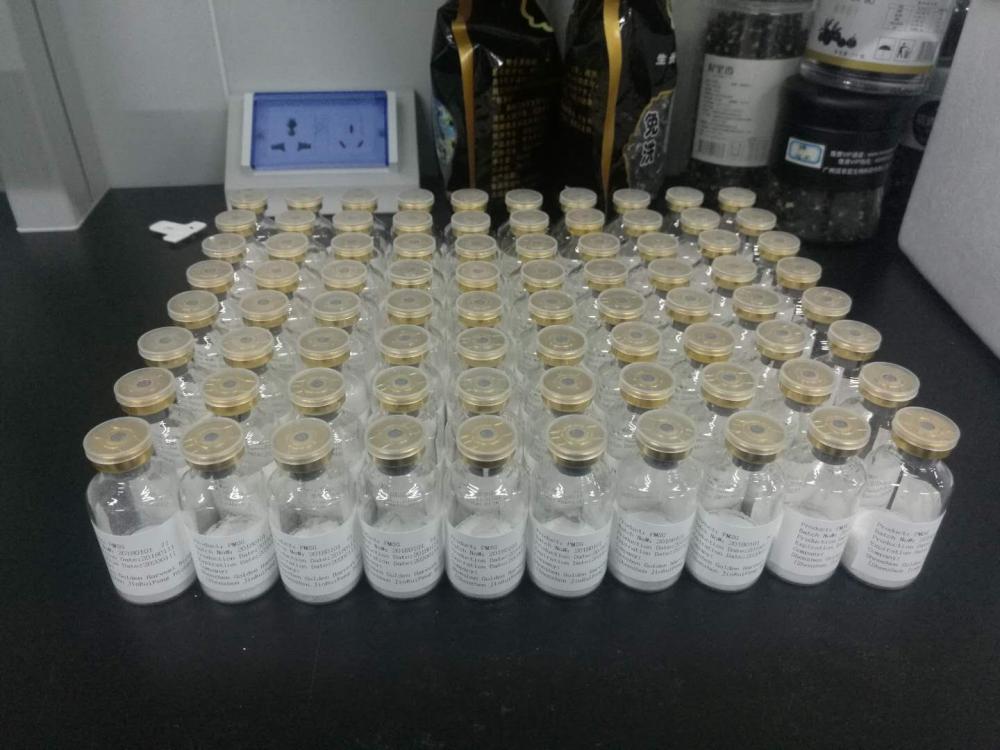Since the growth of sea otters is generally concentrated in the summer season from June to August, when the hot water in the sky is high and the water content of fresh oysters is extremely high, the caught oysters will soon spoil and deteriorate if they are not processed immediately. The quality is greatly reduced. How to improve the quality of jellyfish processing? According to local experience, we should start from the following aspects.
First, according to the characteristics of the high temperature of hot water during the fishing season, set up processing points in the concentrated production areas. The processing points should be covered with shady and ventilated sheds to prevent the sun from being exposed to light; large-diameter porcelain vats or canvas bags should be used as processing tools. Do not process on the beach so that the sediment will not seep into the jellyfish, reducing the quality or making it unusable.
Second, effectively implement the "three salt and two salt" process to improve product quality. The newly caught fresh sea bream is immediately placed in a porcelain urn or canvas bag. Alum is prepared at a ratio of 0.2% to 0.6% of fresh oyster weight, dissolved in water, and marinated for 2 days to make fresh glutinous rice converge and discharge water. That is "the first time." Then, according to the weight of the beginning of the jellyfish, add 12% to 20% salt, add 0.5% to 0.8%, and then pickled for 7 days to 10 days to further exclude the water, this is called "ditermination of a salt." Finally, according to the weight of the second mole, add 20% to 30% of salt, add 0.2% to 6.3% of radon, and then pickle for 10 days. After about three weeks, the skin moisture content was reduced to about 8% to 10%, which means that it became a primary processed product.
Third, the selected pelt skin should be round and complete, not broken, more than 33 cm in diameter, color white or yellow, with a shiny, stripped red skin, red spots by hand; wash sediment, no odor, this 蜇Leather is a quality product that can be exported for up to $5,000 per ton.
First, according to the characteristics of the high temperature of hot water during the fishing season, set up processing points in the concentrated production areas. The processing points should be covered with shady and ventilated sheds to prevent the sun from being exposed to light; large-diameter porcelain vats or canvas bags should be used as processing tools. Do not process on the beach so that the sediment will not seep into the jellyfish, reducing the quality or making it unusable.
Second, effectively implement the "three salt and two salt" process to improve product quality. The newly caught fresh sea bream is immediately placed in a porcelain urn or canvas bag. Alum is prepared at a ratio of 0.2% to 0.6% of fresh oyster weight, dissolved in water, and marinated for 2 days to make fresh glutinous rice converge and discharge water. That is "the first time." Then, according to the weight of the beginning of the jellyfish, add 12% to 20% salt, add 0.5% to 0.8%, and then pickled for 7 days to 10 days to further exclude the water, this is called "ditermination of a salt." Finally, according to the weight of the second mole, add 20% to 30% of salt, add 0.2% to 6.3% of radon, and then pickle for 10 days. After about three weeks, the skin moisture content was reduced to about 8% to 10%, which means that it became a primary processed product.
Third, the selected pelt skin should be round and complete, not broken, more than 33 cm in diameter, color white or yellow, with a shiny, stripped red skin, red spots by hand; wash sediment, no odor, this 蜇Leather is a quality product that can be exported for up to $5,000 per ton.
Equine Chorionic Gonadotropin (acronym given as eCG but not to be confused with ECG) is a gonadotropic hormone produced in the chorion of pregnant mares. Previously referred to as pregnant mare's serum gonadotropin (PMSG), the hormone is commonly used in concert with progestogen to induce ovulation in livestock prior to artificial insemination.
We provide PMSG API both in solution and lyophilized powder. There are different assay, such as 100IU, 1000IU, 2500IU,5000IU, 10000IU, etc.

Pregnant Mare Serum Gonadotropin
Pregnant Mare Serum Gonadotropin,Equine Chorionic Gonadotropin,Equine Gonadotropin API,Serum Gonadotropin For Pregnant Mare
Jiangxi Institute of Biological Products Inc. , https://www.jxinstitute.com